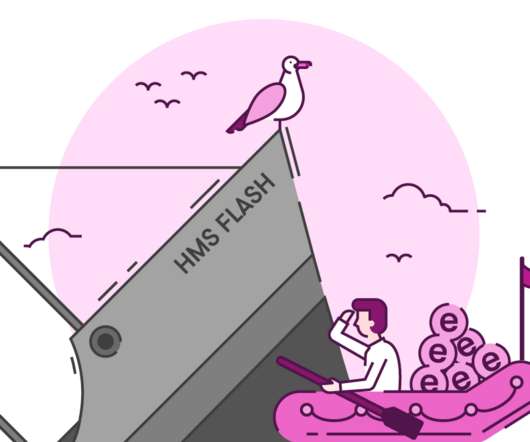A Comprehensive Guide to How white-label eBook Platforms Handle Different Formats
Kitaboo
JUNE 21, 2023
They perform accessibility testing to ensure compliance with accessibility guidelines, such as WCAG (Web Content Accessibility Guidelines). Font and Typography Adjustments: Different eBook formats may have specific guidelines or limitations regarding font embedding and typography.
















Let's personalize your content